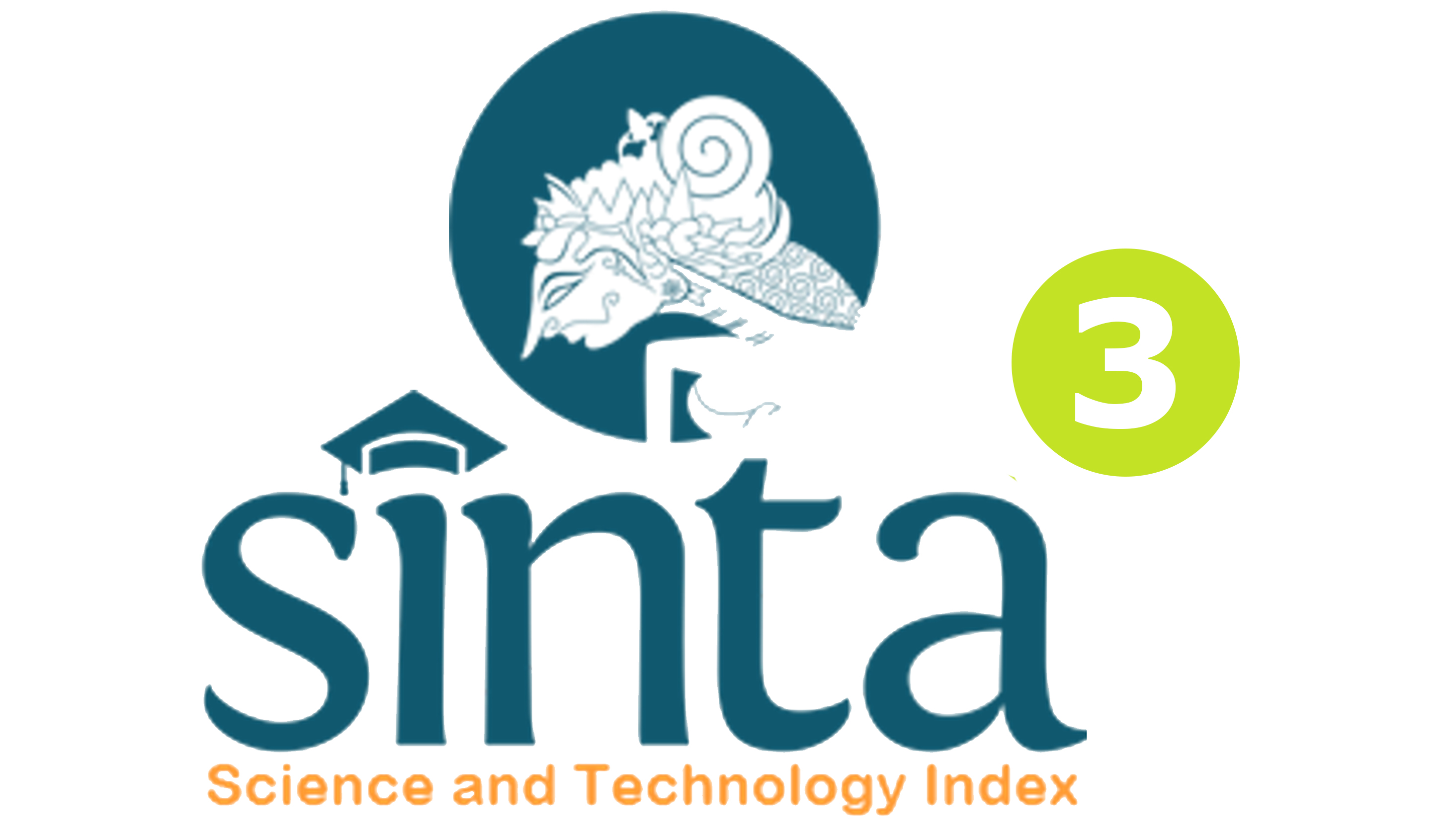PENGARUH TEORI KONSELING KOGNITIF BEHAVIORAL DENGAN TEKNIK MODELING PAN BALANG TAMAK MELALUI LESSON STUDY UNTUK MENINGKATKAN MINAT PERSUASIVE SISWA KELAS VIII 4 DI SMPN 2 SINGARAJA
DOI:
https://doi.org/10.23887/jibk.v8i1.11116Abstract
Penelitian ini bertujuan untuk mengetahui pengaruh konseling kognitif behavioral dengan teknik modeling Pan balang tamak terhadap peningkatan minat persuasive siswa melalui lesson study pada siswa kelas VIII.4 SMP Negeri 2 Singaraja. Penelitian ini merupakan jenis rancangan penelitian “eksperimen semu (Quasi eksperiment)” Design nonequivalent dengan pretest-postest control group design. Teknik sampling yang digunakan adalah random sampling dan random class sebagai intact group Subjek penelitian ini sebanyak 38 orang siswa kelas VIII.4 SMP Negeri 2 Singaraja. Proses pengambilan data dalam penelitian ini menggunakan metode observasi, wawancara, buku harian dan kuesioner Minat persuasive pola skala linkert dan dianalisis secara deskriptif dan untuk analisis statistik digunakan rumus t-test. Temuan empiris pada penelitian ini menyatakan bahwa terdapat pengaruh konseling kognitif behavioral dengan teknik modeling Pan balang tamak terhadap peningkatan minat persuasive siswa melalui lesson study pada siswa kelas VIII.4 SMP Negeri 2 Singaraja. Hal ini dibuktikan dengan nilai t sebesar 3.516 sig.0,01 dengan 0.01 < 0,05. dengan taraf signifikansi (p) < 0,05 Hal ini mengindikasikan bahwa layanan konseling akan lebih efektif jika konseli dalam pelaksanaan layanan difasilitasi dengan teknik modeling model Pan Balang Tamak. Berdasarkan pernyataan ini dapat kita katakan bahwa konseling kognitif behavioral dengan teknik modeling model Pan Balang Tamak tepat diterapkan di sekolah.Kata Kunci : Konseling kognitif behavioral, modeling pan balang tamak, minat persuasive
This research aims to know the influence of cognitive-behavioral counseling with techniques of modeling Pan balang avaricious to increased interest in persuasive students through lesson study on grade VIII. 4 SMP Negeri 2 Singaraja. This study is the type of design study "artificial experiments (Quasi alphabets experiment)" Design with nonequivalent pretest-postest control group design. The sampling technique used was random sampling and random class as an intact group of the subject as much as 38 people grade VIII. 4 SMP Negeri 2 Singaraja. The process of retrieval of data in this study using the method of observation, interview, questionnaire and diary Interest persuasive pattern scale linkert and analyzed in a descriptive and statistical analysis used for the t-test formula. Empirical findings in this study stated that there are influences cognitive behavioral counseling with techniques of modeling Pan balang avaricious to increased interest in persuasive students through lesson study on grade VIII. 4 SMP Negeri 2 Singaraja. This is evidenced by the value t of the sig 3,516. with 0.01 0.01 < 0.05. with the significance level (p) 0.05 < this indicates that counselling services will be more effective if konseli in the execution of services facilitated by modeling techniques model Pan Balang. Based on this statement we can say that cognitive-behavioral counseling with techniques of modeling model Pan Balang Avaricious right applied in school.
keyword : Cognitive-behavioral counseling, modeling pan balang covetous, persuasive interest
Published
Issue
Section
License
Jurnal Ilmiah Bimbingan Konseling Undiksha is an Open Access Journal. The authors who publish the manuscript in this journal agree to the following terms:
JIBK is licensed under a Creative Commons Attribution 4.0 International License. This permits anyone to copy, redistribute, remix, transmit and adapt the work provided the original work and source is appropriately cited.
This means:
Jurnal Ilmiah Bimbingan Konseling is licensed under a Creative Commons Attribution 4.0 International License.
(1) Under the CC-BY license, authors retain ownership of the copyright for their article, but authors grant others permission to use the content of publications in JIBK in whole or in part provided that the original work is properly cited. Users (redistributors) of JIBK are required to cite the original source, including the author's names, JIBK as the initial source of publication, year of publication, volume number, issue, and Digital Object Identifier (DOI); (2) The authors are the copyright owner of the article, and the author grants the JIBK held the first publication right.









.png)

.jpg)

